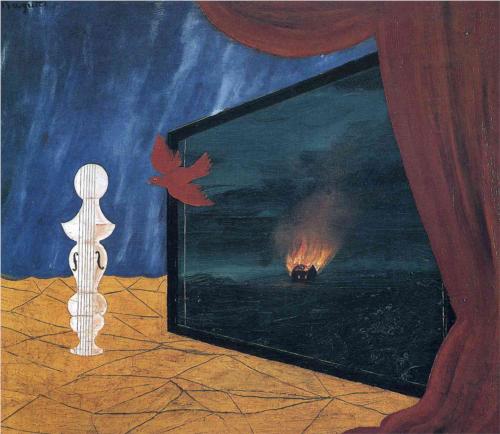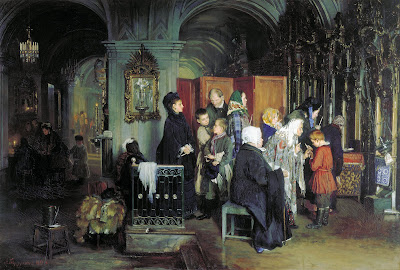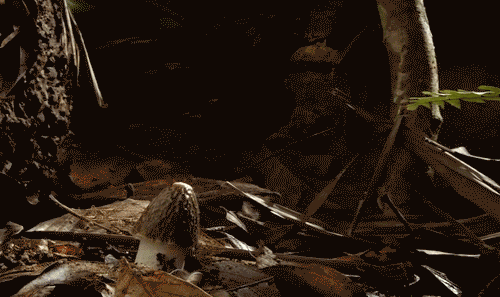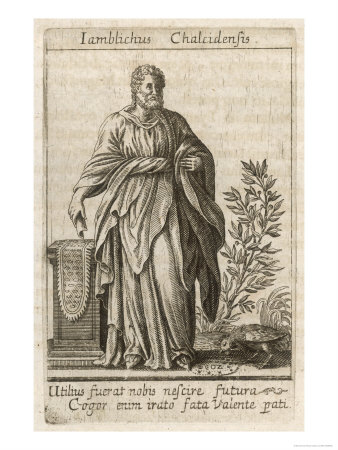
Salvador Dalí, The Station at Figueras, 1926, age 22
(The shadows, the shadowy figures, the desolate landscape of unexplained shapes, the trees obviously preparing for The Persistence of Memory. If, in the application of paint, there is not yet Dalí, neither is there anyone else in particular [so far as is evident from the picture].)
Of course, there can be no winning this game. Disputation can only lead further discovery. If you, readers, decide to play this game, comment here with your findings. I will perhaps post them, and more of my own, in future posts.
Another suggestion:

René Magritte, Nocturne, 1925, age 27


















